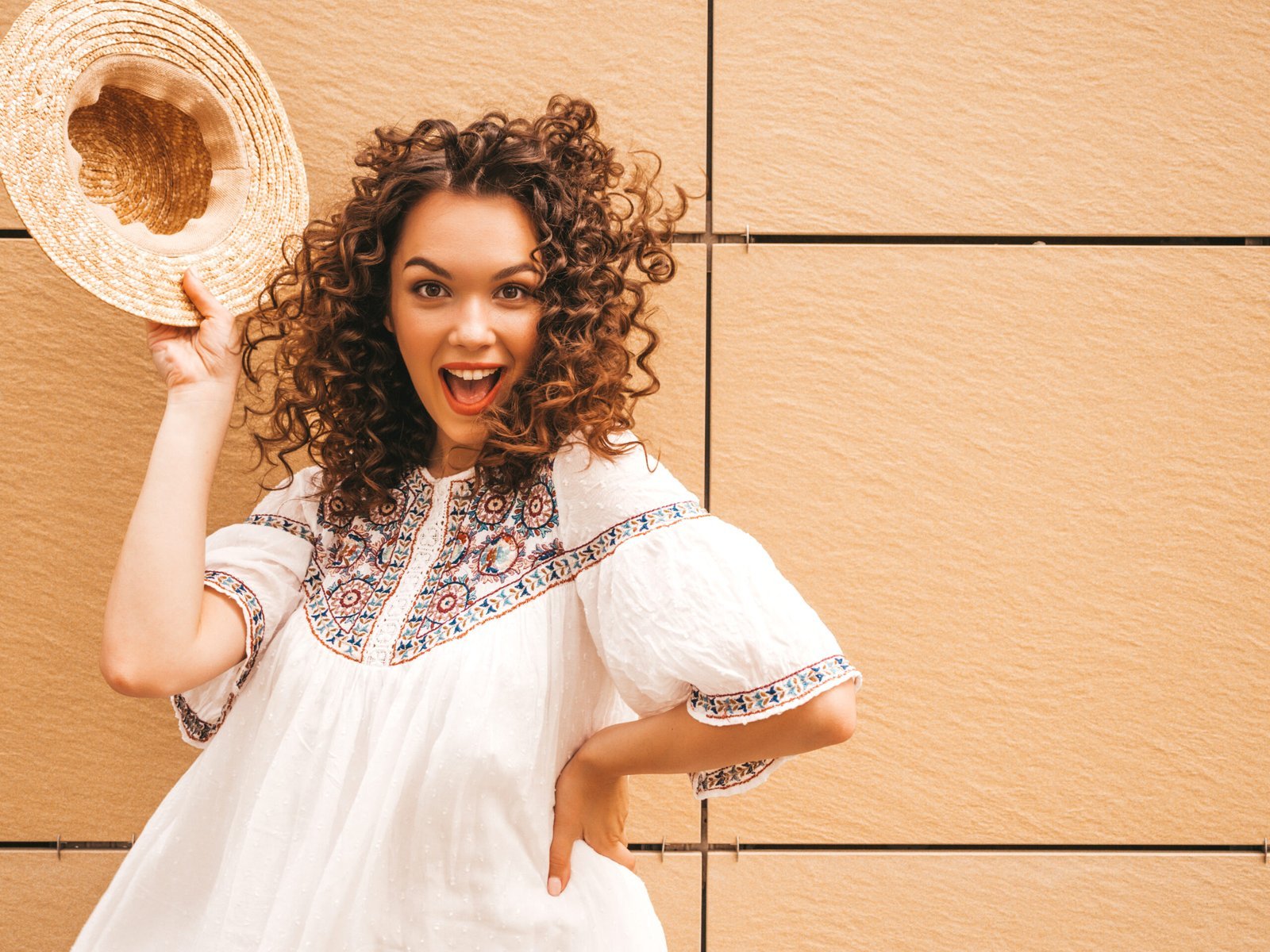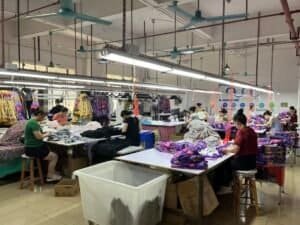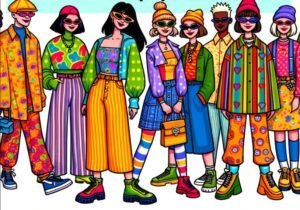Step into the vibrant world of Mexican fashion and witness the captivating journey from traditional attire to cutting-edge trends. With a rich cultural heritage, Mexico has long been celebrated for its diverse and colorful clothing styles. But in recent years, a dynamic shift has taken place, ushering in a new era of fashion that seamlessly blends tradition with modernity.
This evolution is evident in the way Mexican fashion designers and brands are reimagining traditional garments with contemporary twists. By infusing traditional patterns, fabrics, and techniques with innovative designs and silhouettes, they are creating pieces that appeal to the fashion-conscious, both locally and internationally. Whether it’s the iconic embroidered blouses, known as “blusas”, transformed into trendy crop tops, or the reimagined Mexican wedding dresses adorned with intricate lacework, the fashion scene in Mexico is a captivating mix of old and new.
But it’s not just the designers who are contributing to this sartorial transformation. Influencers and fashionistas alike are embracing and popularizing Mexican-inspired fashion, showcasing its versatility and beauty on platforms around the world. With every new iteration, Mexican fashion is breaking boundaries, challenging stereotypes, and asserting its rightful place in the global fashion landscape.
Join us as we dive deeper into the fascinating journey of Mexican fashion and explore how it has evolved from traditional to trendy, capturing the hearts of fashion enthusiasts everywhere.
Traditional Mexican clothing
Traditional Mexican clothing reflects the rich cultural tapestry of the country, with each region having its own distinctive style. From the colorful embroidered dresses of Oaxaca to the intricately woven huipils of Chiapas, traditional Mexican garments are a celebration of craftsmanship and heritage. These garments are often made using traditional techniques passed down through generations, such as backstrap weaving and embroidery.
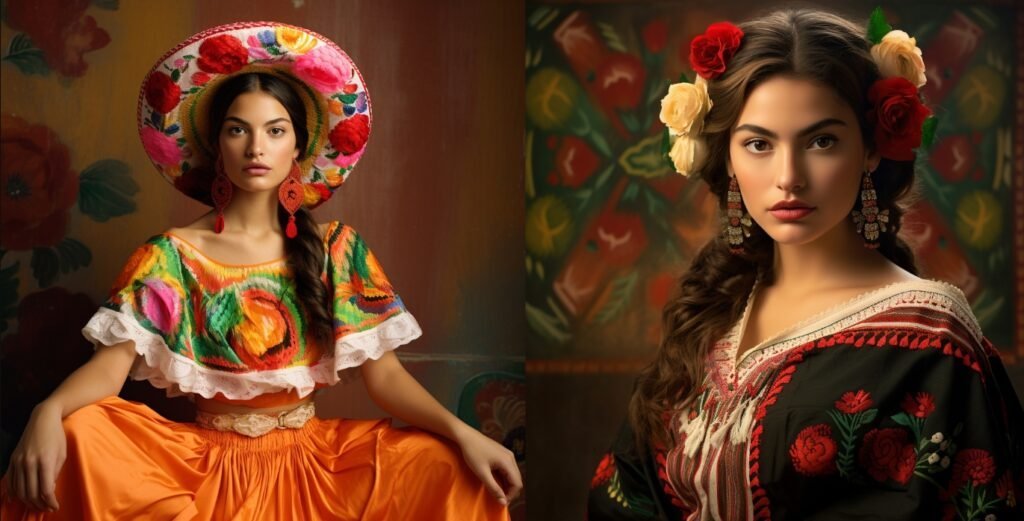
The vibrant colors and intricate patterns of traditional Mexican clothing are deeply rooted in indigenous culture. They often feature symbols and motifs that hold special meaning, representing aspects of nature, spirituality, and daily life. These garments are not just clothing; they are a visual expression of identity and pride.
Despite the influence of modern fashion, traditional Mexican clothing continues to be worn and cherished by many. It is often seen during cultural festivals, weddings, and other special occasions. The beauty and intricacy of these garments have captivated people around the world, leading to a growing appreciation for Mexican craftsmanship and design.
Influence of indigenous culture on Mexican fashion
Indigenous culture has played a significant role in shaping Mexican fashion throughout history. The indigenous peoples of Mexico have a deep connection to the land, and their clothing reflects this relationship. Traditional garments are often made from natural materials, such as cotton, wool, and silk, sourced locally and woven by hand.
The use of vibrant colors and intricate patterns in traditional Mexican clothing can be traced back to indigenous cultures. Each region has its own distinct style, with patterns and motifs influenced by local traditions and beliefs. For example, the huipil, a traditional blouse worn by indigenous women, often features intricate embroidery that tells a story or represents a specific community.
In recent years, there has been a resurgence of interest in indigenous fashion and a push to preserve and promote traditional techniques. Mexican designers are collaborating with indigenous artisans to create contemporary pieces that honor the past while embracing modern trends. This fusion of traditional craftsmanship and contemporary design has resulted in unique and visually stunning creations that are gaining recognition both locally and internationally.
Spanish influence on Mexican fashion
The arrival of the Spanish in Mexico in the 16th century brought significant changes to Mexican fashion. The Spanish colonizers introduced new fabrics, such as silk and lace, as well as European clothing styles. These influences merged with the existing indigenous clothing traditions, creating a unique blend of styles that is still seen today.
Spanish fashion introduced elements such as ruffles, flounces, and corsets, which were incorporated into traditional Mexican garments. The use of lacework became particularly popular, adding a touch of elegance and sophistication to traditional dresses and blouses. The influence of Spanish fashion can also be seen in the adoption of certain garments, such as the rebozo, a long shawl worn by women, and the charro suit, a traditional outfit worn by Mexican cowboys.
The Spanish influence on Mexican fashion extends beyond clothing. It has also shaped the way Mexicans style their hair and accessorize their outfits. Spanish-inspired hairstyles, such as braids and updos, are often seen in traditional Mexican fashion, complemented by accessories like combs, flowers, and ribbons.
Modernization and globalization impact on Mexican fashion
In the 20th century, Mexico experienced a period of modernization and globalization that had a profound impact on its fashion industry. The influence of Western fashion, particularly American and European styles, began to permeate Mexican society. This led to a shift away from traditional clothing in favor of more Westernized attire, especially in urban areas.
As Mexico embraced modernization, fashion trends became more influenced by global tastes and preferences. Western brands and fast fashion retailers gained popularity, offering affordable and trendy clothing options. This shift towards mass-produced fashion had both positive and negative consequences for the Mexican fashion industry.
On one hand, it allowed for the democratization of fashion, making it more accessible to a wider population. On the other hand, it also led to a loss of traditional craftsmanship and a homogenization of style. Many traditional artisans struggled to compete with cheap, mass-produced clothing, leading to a decline in the production of handcrafted garments.
Despite these challenges, Mexican fashion has managed to find its own voice within the global fashion landscape. Designers and brands are now striving to strike a balance between traditional techniques and modern aesthetics, creating unique and sustainable fashion that reflects Mexico’s cultural heritage.
Mexican fashion designers and their contributions
Mexican fashion designers have played a crucial role in the evolution of Mexican fashion, pushing boundaries and challenging conventions. They have taken traditional garments and reimagined them in innovative and contemporary ways, placing Mexican fashion on the global stage.
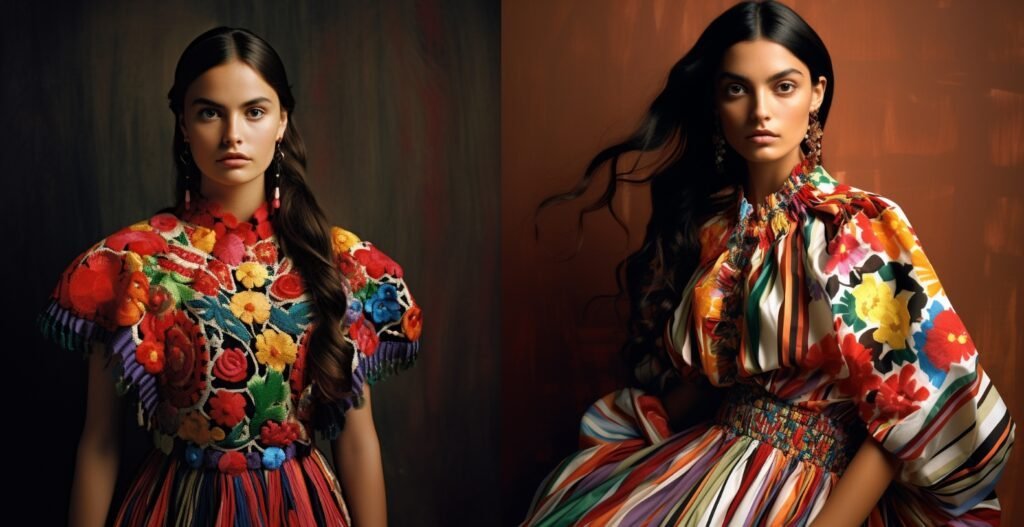
Designers like Carla Fernández, Lydia Lavín, and Francisco Cancino have gained international recognition for their unique approach to fashion. They draw inspiration from Mexico’s rich cultural heritage, incorporating traditional patterns, fabrics, and techniques into their designs. By doing so, they not only preserve traditional craftsmanship but also bring it into the modern world.
These designers often collaborate with indigenous artisans, working closely with them to create pieces that combine traditional techniques with modern silhouettes and designs. This partnership not only ensures the preservation of traditional craftsmanship but also provides economic opportunities for indigenous communities.
In addition to established designers, Mexico is also a breeding ground for emerging talent. Young designers are experimenting with new materials and techniques, pushing the boundaries of Mexican fashion even further. Their innovative designs and fresh perspectives are shaping the future of Mexican fashion and attracting attention from fashion enthusiasts worldwide.
The rise of Mexican fashion influencers and bloggers
In recent years, the rise of social media has had a profound impact on the fashion industry, and Mexico is no exception. Mexican fashion influencers and bloggers have emerged as powerful voices, shaping trends and influencing consumer behavior.
These influencers have embraced Mexican-inspired fashion and showcased its versatility and beauty to a global audience. Through their platforms, they have promoted Mexican designers, brands, and traditional garments, helping to elevate Mexican fashion on the international stage.
Mexican fashion influencers often incorporate elements of traditional Mexican clothing into their outfits, demonstrating how these garments can be styled in modern and trendy ways. They have become ambassadors for Mexican fashion, showcasing the country’s rich cultural heritage and the creativity of its designers.
The power of Mexican fashion influencers extends beyond social media. Many have collaborated with brands to create their own collections or have been featured in international fashion publications. Their influence has helped to break down stereotypes and showcase the diversity and vibrancy of Mexican fashion to the world.
Mexican fashion industry and market trends
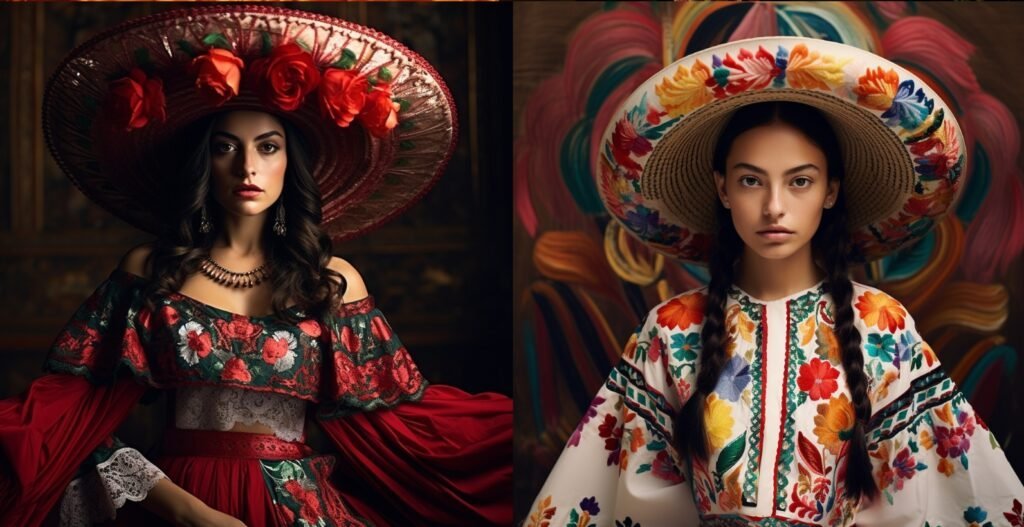
The Mexican fashion industry has experienced significant growth in recent years, fueled by a combination of local talent, international recognition, and a growing domestic market. Mexican designers are gaining attention at international fashion weeks, and Mexican fashion brands are expanding their presence both within and outside of Mexico.
The market for Mexican fashion has also evolved, with consumers becoming more conscious of sustainable and ethical fashion. There is a growing demand for locally made, handcrafted garments that celebrate Mexico’s cultural heritage. This has led to the rise of small, independent brands that prioritize traditional craftsmanship and artisanal techniques.
In addition to traditional clothing, Mexican fashion brands are also venturing into accessories, footwear, and jewelry. Many of these brands draw inspiration from Mexico’s rich cultural heritage, incorporating traditional techniques and motifs into their designs. This fusion of tradition and modernity has resulted in unique and visually striking pieces that appeal to both locals and international consumers.
As the Mexican fashion industry continues to grow and evolve, there is a renewed focus on sustainability and inclusivity. Designers and brands are embracing sustainable practices, such as using organic and locally sourced materials, as well as promoting fair trade and ethical production. There is also a push for greater representation and diversity within the industry, with designers and models from indigenous and marginalized communities gaining visibility and recognition.
Mexican fashion brands and their global presence
Mexican fashion brands are making a mark on the global fashion scene, with their unique designs and commitment to sustainability gaining recognition worldwide. From luxury brands to independent designers, Mexican fashion is capturing the attention of fashion enthusiasts around the globe.
Brands like Carla Fernández, Pineda Covalin, and Lorena Saravia have gained international acclaim for their innovative designs and use of traditional techniques. These brands are not only proud ambassadors of Mexican fashion but also champions of sustainability and ethical production.
In recent years, Mexican fashion has also made its way onto the red carpet and international events. Celebrities and influencers are embracing Mexican designers and showcasing their designs on the global stage. From Hollywood actresses wearing Mexican-inspired gowns to fashion-forward individuals incorporating Mexican accessories into their outfits, Mexican fashion is becoming a symbol of style and sophistication.
The global presence of Mexican fashion brands is not limited to clothing. Mexican footwear brands, such as Rafa and Tres, have gained recognition for their unique designs and high-quality craftsmanship. Mexican jewelry brands, such as Daniela Villegas and TANE, are celebrated for their intricate designs and use of precious metals and gemstones.
Conclusion: The future of Mexican fashion
The evolution of Mexican fashion from traditional to trendy has been a captivating journey, filled with creativity, innovation, and a deep appreciation for cultural heritage. Mexican fashion designers, influencers, and brands have played a crucial role in this transformation, bringing Mexican fashion into the global spotlight.
As we look to the future, it is clear that Mexican fashion will continue to thrive and captivate fashion enthusiasts around the world. The fusion of traditional techniques, vibrant colors, and modern aesthetics will remain at the heart of Mexican fashion, ensuring its uniqueness and appeal.
With a growing emphasis on sustainability, ethical production, and inclusivity, Mexican fashion is poised to become a leader in the global fashion industry. The commitment to preserving traditional craftsmanship and celebrating cultural heritage will continue to drive innovation and creativity in Mexican fashion.
So, whether you’re a fashion enthusiast looking to embrace Mexican-inspired fashion or a designer seeking inspiration, the world of Mexican fashion offers a vibrant tapestry of creativity, tradition, and trend-setting style. Join us as we celebrate the evolution of Mexican fashion and its enduring influence on the global fashion landscape.

